If you’re like most people, the thought of giving up American desserts—think gooey brownies, towering cheesecakes, and sticky cinnamon rolls—might sound impossible. But for this Japanese nutritionist, it’s not just possible; it’s a lifestyle. Raised in Japan and trained in holistic nutrition, Tanaka has spent years exploring how traditional Japanese sweets can satisfy sugar cravings without the guilt.
“In Japan, we don’t rely on heavy, sugar-laden desserts,” Tanaka explains. “Our sweets are crafted to be light, seasonal, and balanced—perfect for satisfying a sweet tooth without the crash that often follows Western treats.”
Curious about how she curbs her sugar cravings? Here are six of Tanaka’s favorite Japanese-inspired sweets that keep her energized and satisfied.
1. Anmitsu: A Refreshing Sweet Bean Jelly
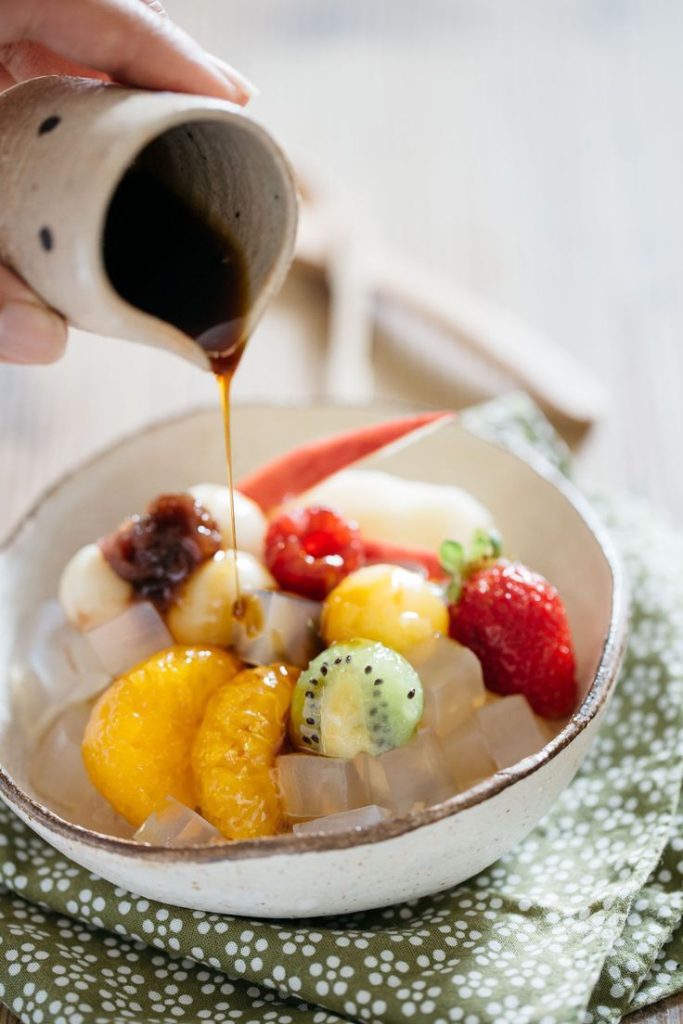
Anmitsu is a classic summer dessert, made with cubes of kanten (a jelly derived from seaweed agar), azuki bean paste, fresh seasonal fruits like melon, peaches, or mandarin oranges, and often a scoop of matcha or black sugar syrup on top.
“It’s cold, delicate, and texturally playful,” Tanaka explains. “Each bite gives you something different—smooth jelly, tender fruit, and the satisfying graininess of sweet beans. It’s light enough for hot days but feels indulgent.”
Anmitsu is also rich in fiber thanks to the agar and beans, helping support digestion and satiety.
2. Yōkan: A Dense, Sweet Bean Jelly
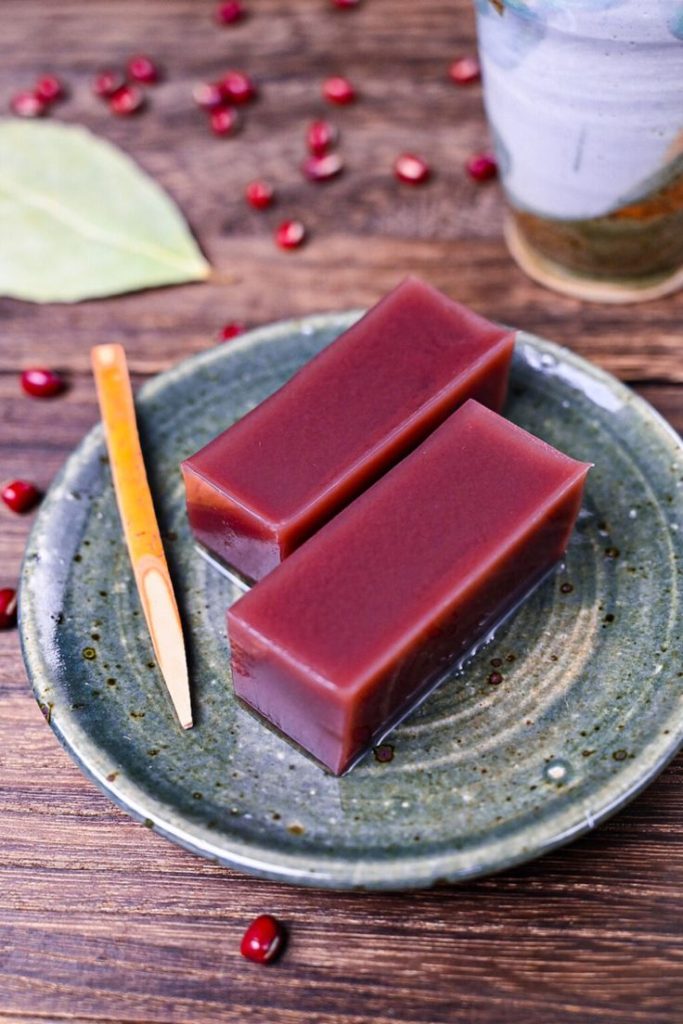
Yōkan is a dense, sliceable block made from red bean paste, agar, and a touch of sugar. It has a smooth, gelatin-like texture and comes in flavors like chestnut, sweet potato, or green tea.
“It’s what I carry in my bag when I’m traveling or between meetings,” says Tanaka. “One small slice gives me the sweet taste I want, without a sugar spike.”
Unlike processed snack bars, yōkan is made with minimal, natural ingredients. It’s shelf-stable, portion-controlled, and packed with slow-digesting carbs, making it ideal for sustained energy.
3. Kibi Dango: Chewy Millet Flour Sweets
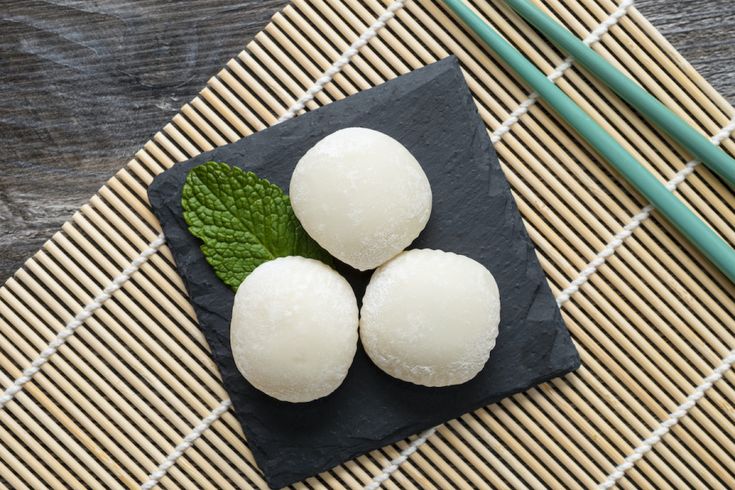
These small, chewy dumplings made from kibi (millet flour) and glutinous rice have been part of Japanese folklore and festival culture for centuries. Rolled in soy flour or lightly sweetened, they offer a nutty, earthy flavor and pleasantly elastic texture.
“Kibi dango are like the great-great-grandparent of the protein ball,” Tanaka jokes. “They’re chewy, satisfying, and rooted in tradition.”
Millet is a whole grain with fiber and minerals, giving these treats a nutritional edge over modern sugary confections. They’re especially satisfying with a cup of roasted barley tea.
4. Dorayaki: Sweet Red Bean Pancakes
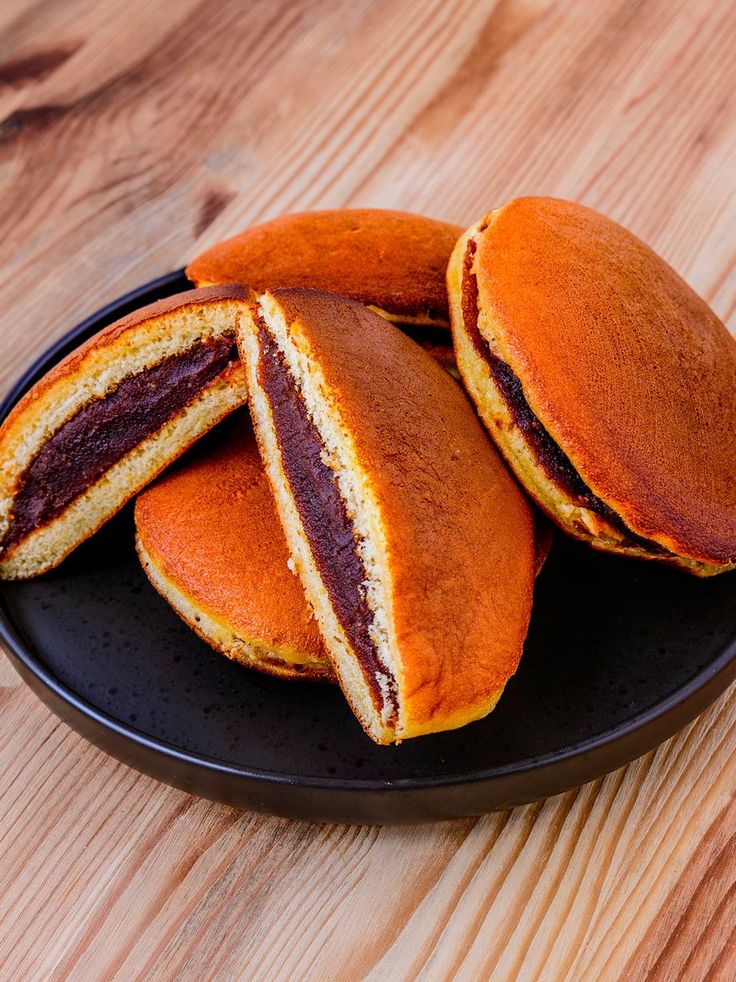
Dorayaki might look like dessert, but it’s more than that. This sweet consists of two fluffy castella-style pancakes—made with honey and mirin—sandwiching a thick layer of anko (sweet red bean paste).
“The pancakes are airy, not greasy, and the bean paste adds protein and fiber,” Tanaka says. “One dorayaki is often enough to feel full and happy.”
It’s a favorite in Japan for children and adults alike, often eaten as an afternoon snack. Some modern versions include fillings like chestnut cream, matcha custard, or even whole strawberries.
5. Mochi: Chewy Rice Cakes with Sweet Fillings

Mochi is a beloved staple of Japanese desserts, made from glutinous rice pounded into a stretchy, elastic dough. It’s often filled with sweetened red beans or seasonal fruits like strawberries (in ichigo daifuku) and dusted with kinako (roasted soybean flour) or a light sugar glaze.
“The chewiness of mochi slows down eating, which helps you feel satisfied sooner,” Tanaka notes. “It’s a mindful treat. You can’t rush it.”
Mochi’s appeal goes beyond flavor—it’s about texture. The satisfying “pull” of each bite engages your senses, making small portions more fulfilling.
6. Matcha Sweets: Green Tea-Flavored Delights
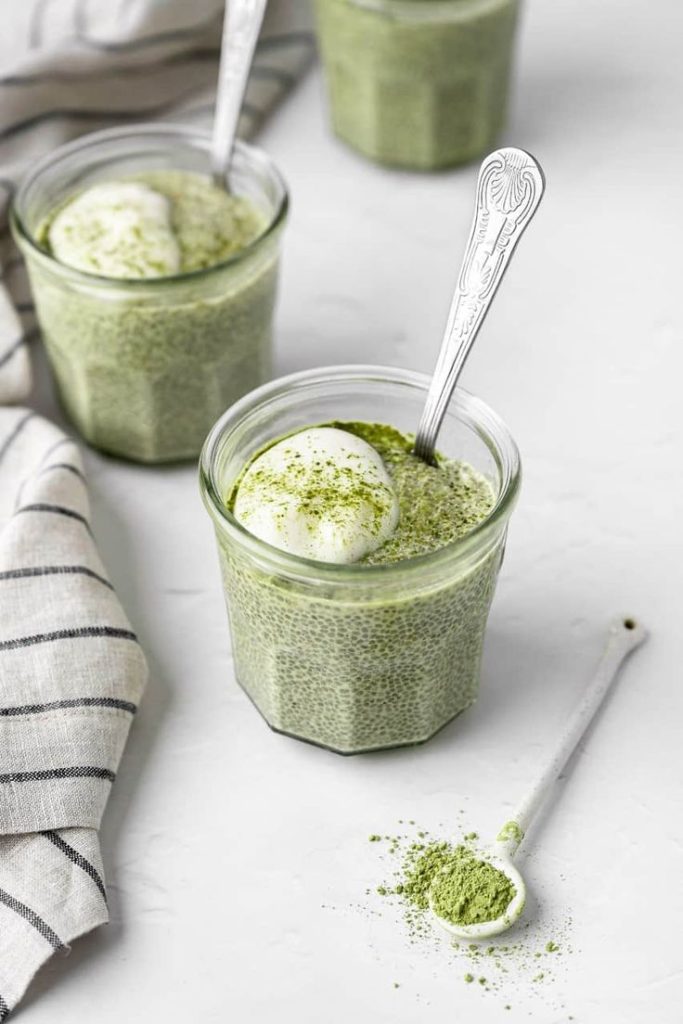
Matcha—the powdered form of specially grown green tea—is used in countless Japanese desserts. From sponge cakes to ice cream to matcha yokan, its subtly bitter, grassy flavor contrasts beautifully with mild sweetness.
“I often reach for matcha-flavored sweets when I want something to reset my palate,” Tanaka explains. “It doesn’t overstimulate like chocolate or caramel might.”
Matcha is also rich in L-theanine and antioxidants, offering calming effects that pair well with dessert moments. Tanaka recommends homemade matcha chia pudding sweetened with a bit of honey or dates for a functional sweet fix.
Why Choose Japanese Sweets Over American Desserts?
Tanaka emphasizes that Japanese sweets are designed to be enjoyed mindfully and in moderation. “Our desserts are crafted with balance in mind,” she says. “They’re not overly sweet, and they’re often made with natural ingredients.”
In contrast, many American desserts are high in refined sugars and fats, leading to quick spikes and crashes in blood sugar levels. “The heavy, rich nature of American desserts can leave you feeling sluggish,” Tanaka notes. “Japanese sweets offer a lighter, more balanced alternative.”
Tips for Incorporating Japanese Sweets into Your Diet
If you’re interested in exploring Japanese sweets, Tanaka offers the following tips:
- Start with simple treats: Begin with desserts like anmitsu or dorayaki, which are widely available and easy to find in Japanese grocery stores.
- Practice portion control: Japanese sweets are often served in small portions, encouraging mindful eating.
- Pair with green tea: Enjoy your sweet treat with a cup of green tea to enhance the flavors and provide additional health benefits.
- Experiment with recipes: Try making your own Japanese sweets at home using traditional ingredients like red bean paste, agar, and matcha.
Leave a comment